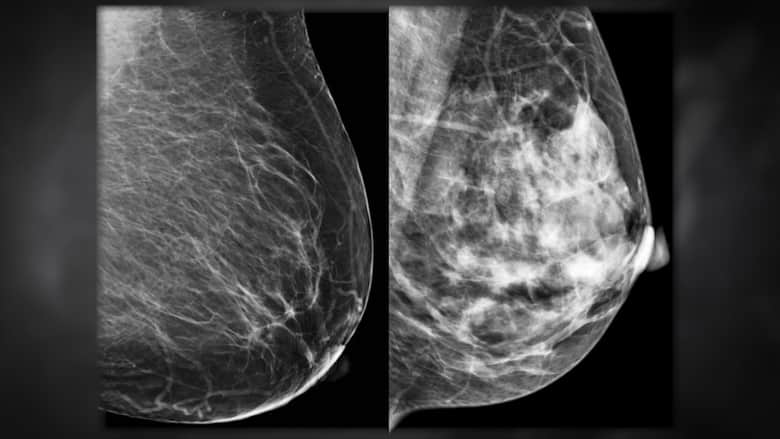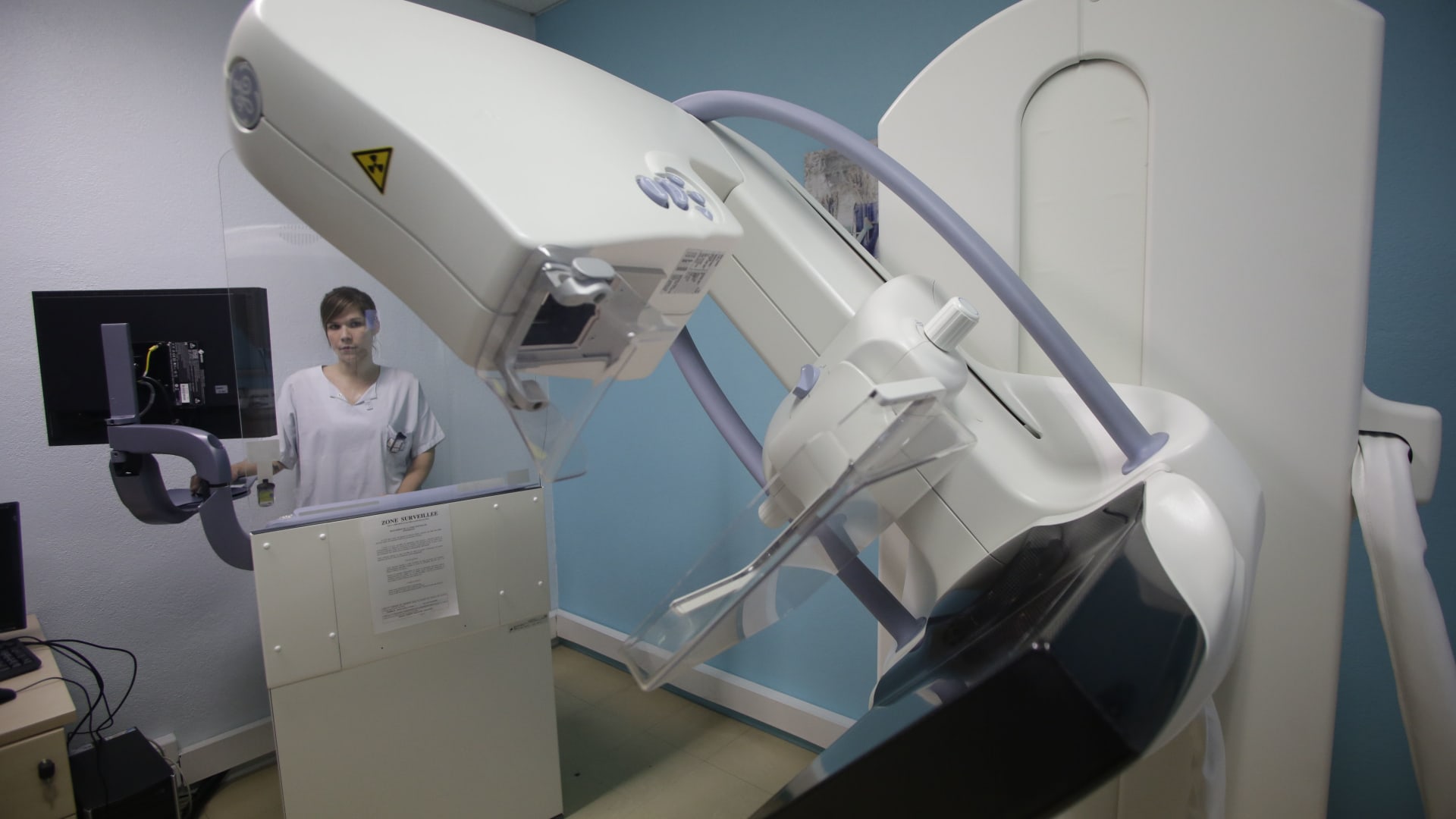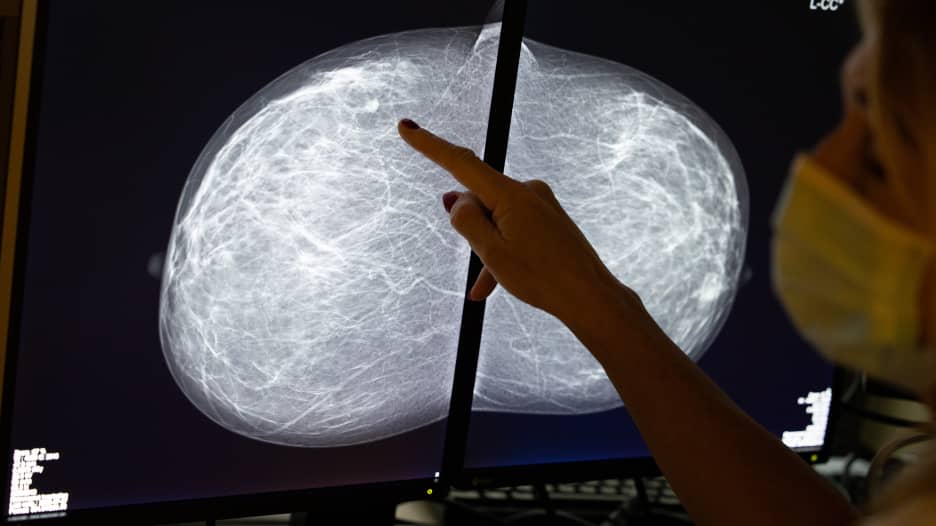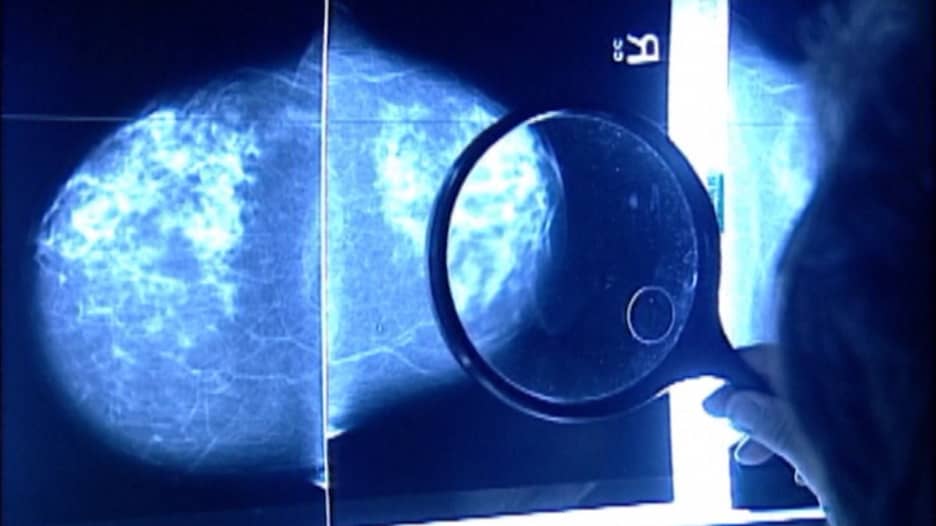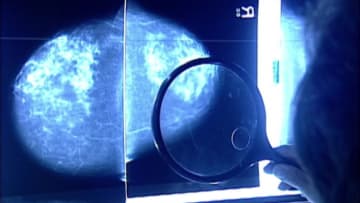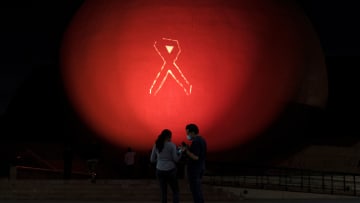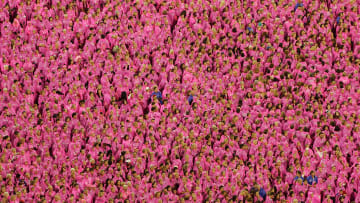دبي، الإمارات العربية المتحدة (CNN)-- وجدت دراسة جديدة أنّ الذكاء الاصطناعي شخّص عددًا أكبر من حالات سرطانات الثدي، مقارنة مع الأطباء الذين يتمتعون بسنوات من الخبرة والتدريب.
واستطاع أيضًا تخفيف قراءات التصوير الشعاعي للثدي (Mammogram) للأطباء إلى النصف تقريبًا.
وهذا لا يعني أن المستشفى الخاص بك سيسمح للكمبيوتر بتحديد ما إذا كنت مصابًا بالسرطان. ولا يزال هناك الكثير من الأبحاث التي يجب القيام بها.
ونشرت مجلة The Lancet Oncology الثلاثاء، دراسة تُظهر أنّ الذكاء الاصطناعي آمن للاستخدام في اكتشاف سرطان الثدي.
ويمكن أن يجعل الأطباء أكثر فاعلية في اكتشاف السرطان ممّا هم عليه حاليًا.
وأظهرت دراسات أخرى أنّ الذكاء الاصطناعي قد يكون مفيدًا في التنبؤ بمخاطر الإصابة بسرطان الثدي.
ويكشف البحث الجديد عن إمكانية الذكاء الاصطناعي بالكشف عن سرطان الثدي، مقارنة مع الأشخاص المدربين جيدًا.
ونظر الباحثون في فحوص أكثر من 80 ألف امرأة في السويد، خضعن لفحص الثدي بالأشعة السينية بين أبريل/ نيسان 2021 ويوليو/ تموز 2022.
وتم تعيين نصف النساء في مجموعة قرأ فيها الذكاء الاصطناعي صور الثدي الشعاعية، قبل تحليلها من قبل أخصائي الأشعة.
وتمت قراءة صور الثدي الشعاعية للمجموعة الأخرى من قبل اثنين من أخصائيي الأشعة، من دون استخدام الذكاء الاصطناعي.
ويذكر أن جميع أخصائيي الأشعة في الدراسة من ذوي الخبرة العالية.
وكشفت المجموعة، التي تمت قراءة فحوصها من قبل أخصائي الأشعة مع الذكاء الاصطناعي، عن سرطانات أكثر بنسبة 20٪ مقارنة مع المجموعة الثانية التي لم تلجأ لأي مساعدة فنية إضافية.
وقالت الدكتورة كريستينا لانغ، الأستاذة المساعدة في تشخيص الأشعة من جامعة "لوند" في السويد: "إن أعظم إمكانات الذكاء الاصطناعي في الوقت الحالي تهدف إلى تخفيف عبء القراءات الهائلة على أخصائيي الأشعة".
وتعاني كلّ من أوروبا والولايات المتحدة من نقص في أخصائي الأشعة، وفقًا لجمعية الطب الإشعاعي في أمريكا الشمالية.
وإذا أظهرت المزيد من الأبحاث أن هذه التكنولوجيا تعمل حقًا، فقد تساعد على تخفيف بعض مشاكل التوظيف، إضافة إلى جعل اختصاصيي الأشعة أفضل في وظائفهم.
ورحّب العديد من أطباء الأشعة بهذه الأخبار، ولم يعتبروها تهديدًا لأمنهم الوظيفي.
وقال الخبراء إنّ التصوير الشعاعي للثدي ليس مثالياً. وتعتبر مهارة ذاتية للغاية.
وبشكل عام، يفشل فحص تصوير الثدي بالأشعة السينية بتشخيص حوالي 20٪ من سرطانات الثدي، وفقًا للمعهد الوطني للسرطان.
ويعد اكتشاف النمط المعقّد لسرطان الثدي أمرًا صعبًا للغاية، حتى مع سنوات من التدريب المتخصّص. وبشكل أساسي، يجب أن يكتشف أخصائي الأشعة وجود ورم أبيض في وسط خلفية بيضاء.
وقالت الدكتورة لورا هيكوك، أخصائية أشعة الثدي في مركز لانغون بيرلماتر للسرطان بجامعة نيويورك،غير المشاركة في الدراسة الجديدة، إنّ الذكاء الاصطناعي قد يكون قادرًا على المساعدة في اكتشاف الأنماط يومًا ما، لكنّ وظيفة أخصائي الأشعة لا تنحصر فقط بالتعرّف على الأنماط.
وتابعت: "تعمل هذه الأدوات بشكل أفضل عندما يتم إقرانها بأخصائي الأشعة المدربين جيدًا، والذين يعود إليهم القرار الأخير بالنسبة لنتائج صور الثدي بالأشعة السينية.. فكّر في الأمر كأداة مثل سماعة طبيب القلب".
ورغم أن الذكاء الاصطناعي لا يزال تقنية ناشئة، إلّا أنه أسر خيال العلماء.
ويتم استخدامه في اكتشاف الأدوية وتطويرها. وساعد الأطباء على التواصل بشكل أفضل مع المرضى.
واجتاز الذكاء الاصطناعي أيضًا امتحان الممارسة الذي يستخدمه الأطباء للحصول على تراخيصهم، لذلك يتم استخدامه للمساعدة في كتابة أسئلة أفضل للاختبارات.
ويجري تطوير العديد من برامج الذكاء الاصطناعي لمساعدة الأطباء على اكتشاف السرطان.
وتم إنشاء برنامج واحد في معهد "ماساتشوستس" للتكنولوجيا للكشف عن المخاطر العالية للإصابة بسرطان الثدي مستقبلًأ، بناءً على صور الثدي الشعاعية الحالية، وهو أمر لا يستطيع الأطباء القيام به حاليًا.
